Warning! 5 out of every 10 primary school children are overweight and obese
According to the latest study by the National Institute of Nutrition, the rate of overweight and obesity among primary school children in our country accounts for 50%, that is, 5 out of 10 children are overweight or obese.
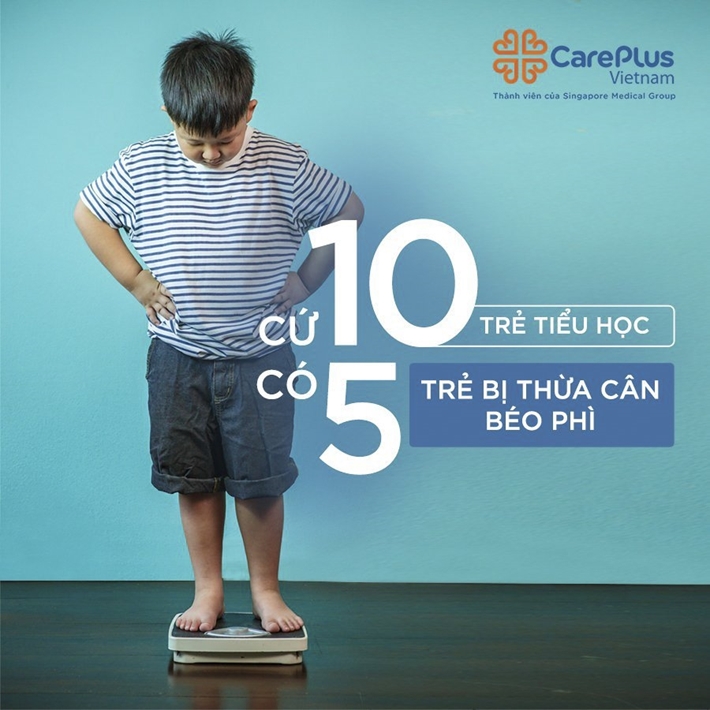
5/5/2021 2:35:57 PM
As noted by CarePlus, many children are currently developing normally. However, their parents still take them to see a pediatrician to check for malnutrition because their children look too skinny compared to their classmates.
Children who are overweight and obese will face many health risks.
Overweight and obesity is a cosmetic problem, but fat and obese children are at risk of facing many more serious health problems than other children of normal weight. Specifically, overweight and obese children are at risk of early puberty and are prone to diseases usually only seen in older people, such as hypertension, diabetes, atherosclerosis, etc.
How do I know if my child is overweight or obese?
To assess whether a child is overweight or obese and to what extent, it is impossible to rely solely on external observations. Still, parents need to rely on researched scientific grounds, namely the application of The most commonly recommended by the World Health Organization is based on BMI.
How to calculate BMI: BMI = Weight/ [(Height)2] (In which, height in m and weight in kg)
However, the BMI of children is different from that of adults. Each child at various age milestones, different sexes will have a different BMI rating scale. Specifically, CarePlus has listed below 4 WHO BMI measurement tables to assess the child's developmental status (overweight/obese/normal/malnourished)
- BMI for boys from 0 to under five years old
- BMI for girls from 0 to under five years old
- BMI for boys from 5-19 years old
- BMI for girls from 5-19 years old
For children from 0 to under five years old:
- > 2 SD (on the red line): Overweight child
- > 3 SD (on the black line): Obese children
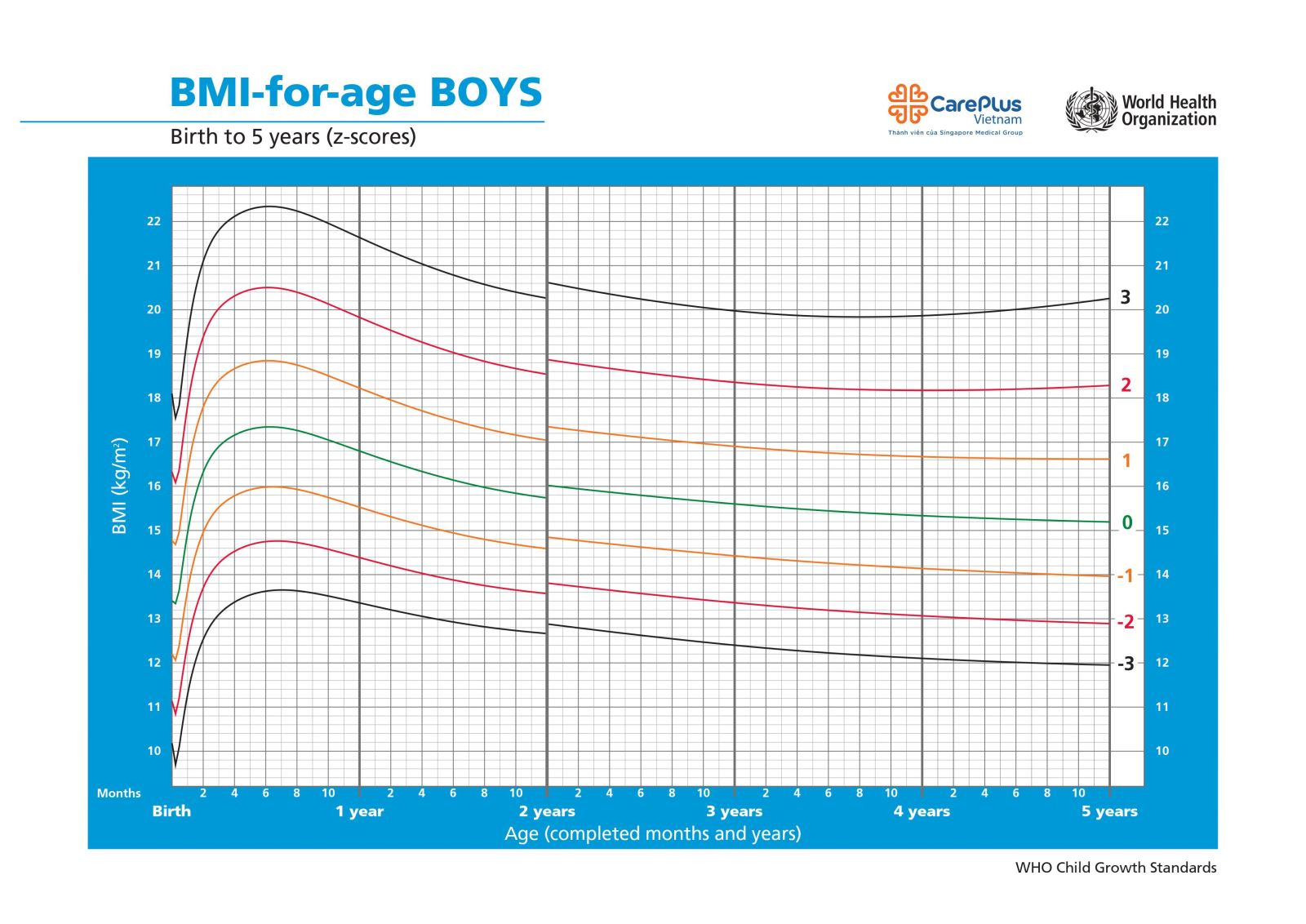
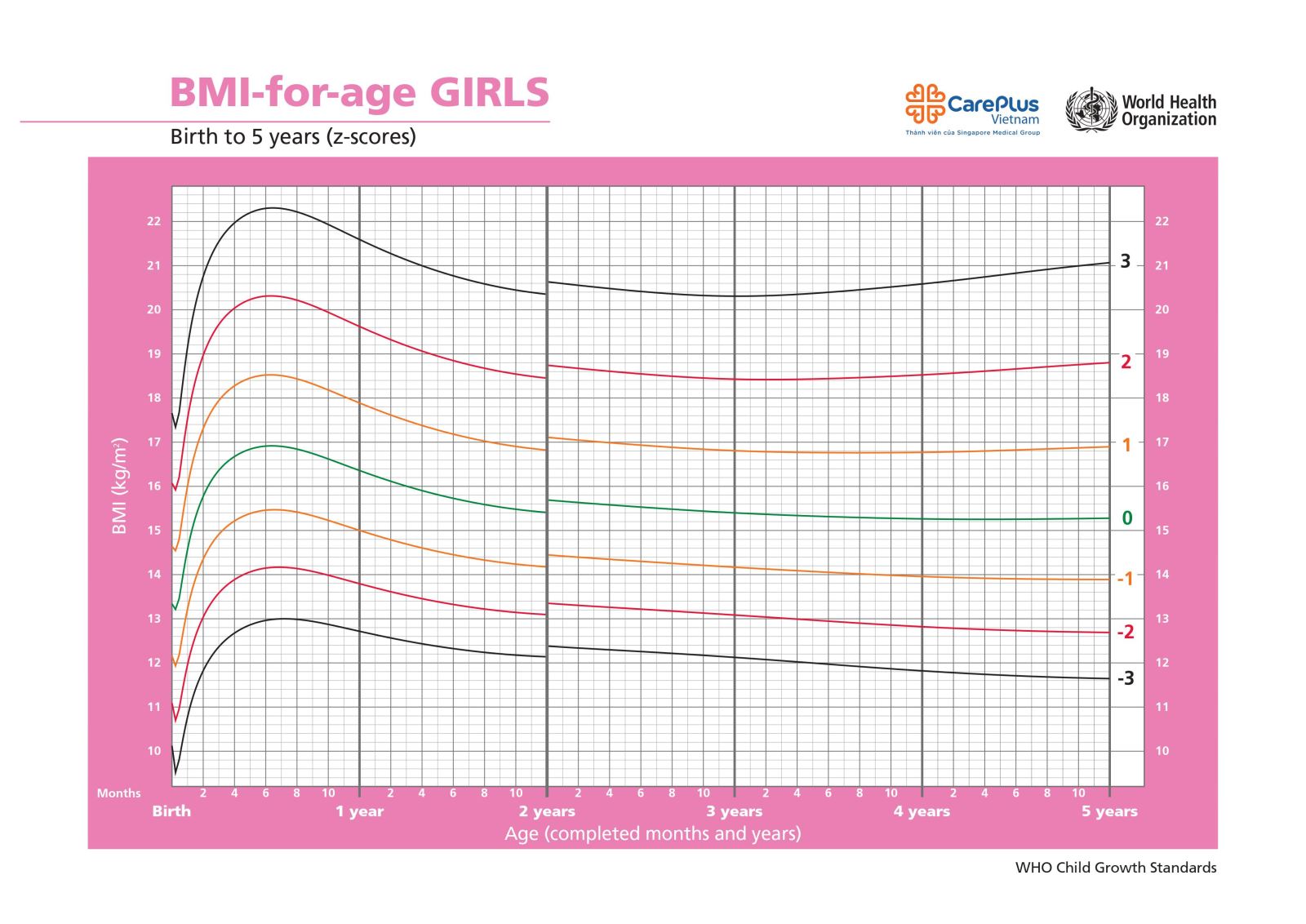
For children aged 5-19 years:
- > 1 SD (on the yellow line): Overweight child
- > 2 SD (on the red line): Obese children
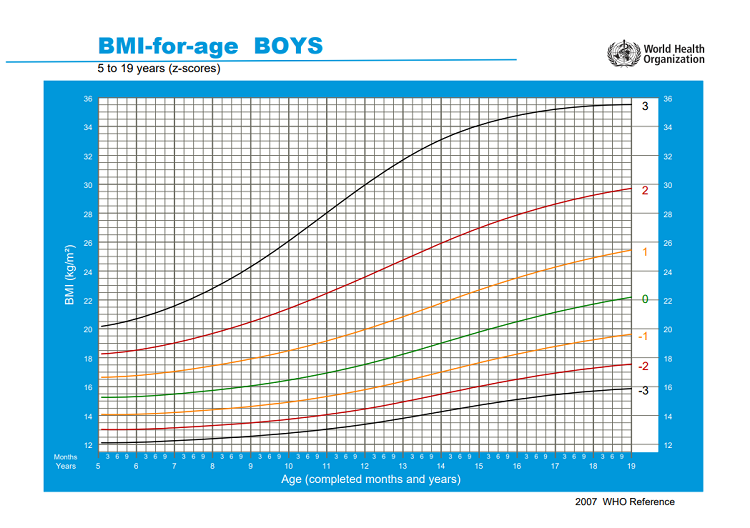
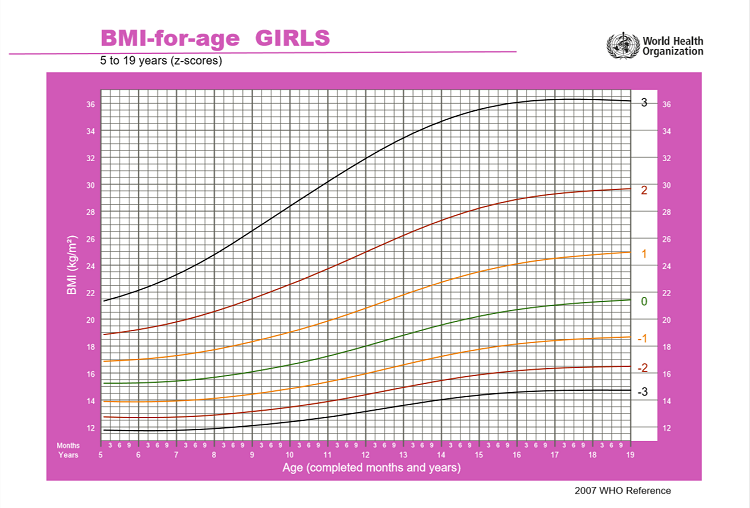
What is the safest and most effective weight-loss method for obese children?
Parents and caregivers do NOT arbitrarily apply weight loss methods such as low-carb, keto, ... for children because children are in the developmental stage and need a lot of energy for daily activities such as studying, exercise, play. Therefore, cutting down on starch or essential substances affects the development of children (height, brain) and makes children always feel sluggish, drowsiness, fatigue, affect learning results and social communication development risk of deficiency of minerals and vitamins.
Instead, take your child to a consultation with a pediatrician directly to have a nutritional assessment by the doctor using the 24h Recall method, thereby detecting defects in the child's daily diet and at the same time. , the doctor will guide parents on effective remedies. Besides, through the examination and based on the results of ultrasound and tests, the doctor will also help to detect early diseases caused by complications of overweight and obesity (if any) in children, such as hypertension, diabetes for timely appropriate treatment.
9 Tips from Master of Pediatrics LE THI KIM DUNG for families with children who are overweight and obese:
- 0 drink sugary foods (pay attention to sweet fruits)
- 1 hour of physical activity
- ≤ 2 hours watching TV, phone, playing games
- 3 servings of skim milk or dairy products
- 4 glasses of water per day
- ≥ 5 servings of vegetables per day
- ≥ Eat at home 6 days a week, less restaurant.
- 7 breakfasts a week, don't skip breakfast
- 8 hours sleep at night
Let's do it with the whole family! Good luck, everyone ♥
To taking care of your health during COVID-19, CarePlus provides HEALTHCARE TELECONSULTATION SERVICES with doctor team in many specialties (cardiology, paediatrics, obstetrics and gynaecology, otolaryngology, dermatology, etc.). Sign up HERE
-----
CarePlus International Clinic system provides nutrition counseling services with highly qualified, dedicated pediatricians and many years of experience working at Children's Hospital.
Besides, CarePlus also develops screening packages for malnutrition, micronutrient deficiencies, and obesity screening packages to help parents know the defects in their children's daily diet and detect health problems early. (if any) due to complications of malnutrition/overweight/obesity for timely intervention and treatment.
Customers wishing to register for an examination, please leave your information below this article. We will contact you for detailed advice and an appointment.
Or you can book an appointment directly via Free Hotline 18006116 – Website www.careplusvn.com or inbox Fanpage CarePlus.